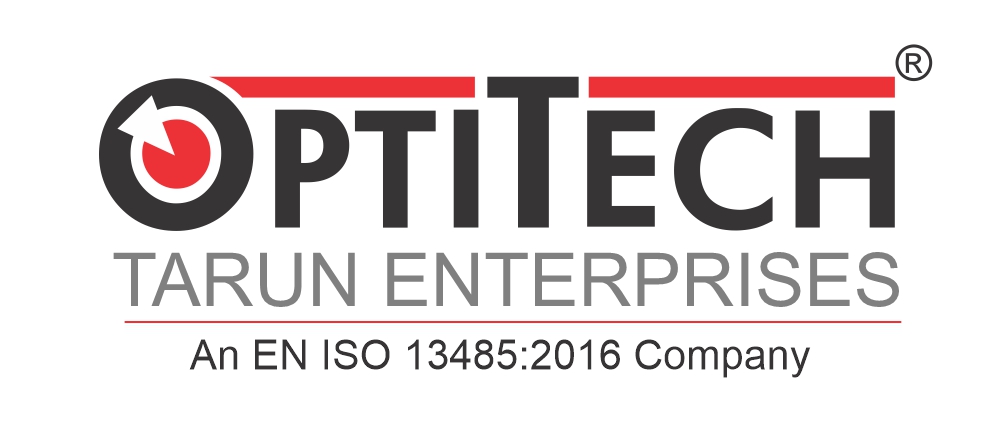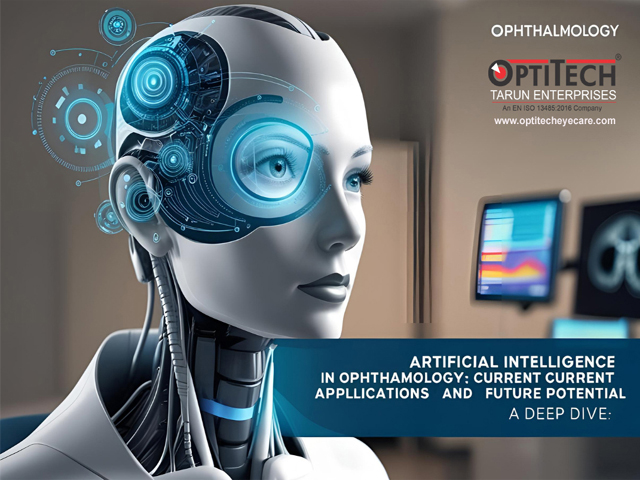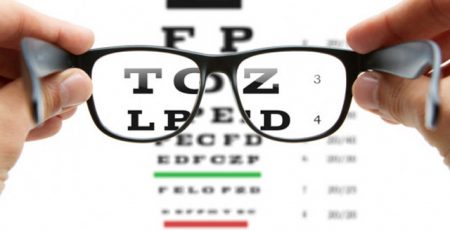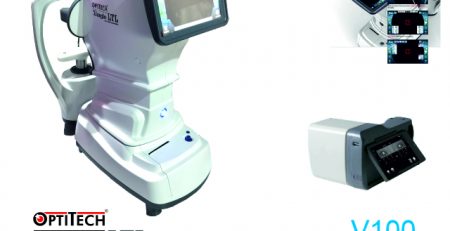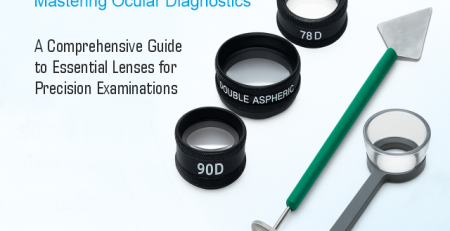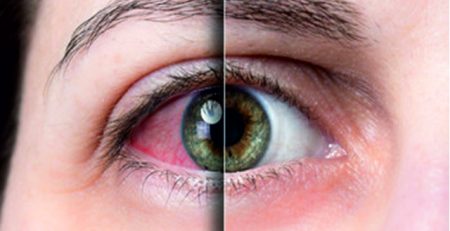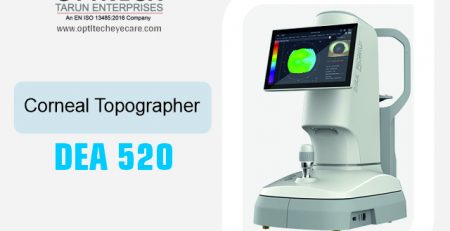Artificial Intelligence in Ophthalmology: Current Applications and Future Potential – A Deep Dive
Introduction
Artificial intelligence (AI) is no longer a futuristic concept; it’s a rapidly evolving force transforming numerous industries, and its impact on ophthalmology is profound. From revolutionizing diagnostic processes to enhancing surgical precision and personalizing patient care, AI is poised to reshape the way we understand, treat, and manage eye diseases. This comprehensive blog post will delve into the current applications of AI in ophthalmology, explore its transformative potential, and discuss the challenges and opportunities that lie ahead.
I. The Foundations of AI in Ophthalmology
Before exploring specific applications, it’s crucial to understand the core AI technologies driving this transformation:
- Machine Learning (ML): A subset of AI that enables systems to learn from data without explicit programming. In ophthalmology, ML algorithms are trained on vast datasets of medical images and patient information to identify patterns and make predictions.
- Deep Learning (DL): A more advanced form of ML that uses artificial neural networks with multiple layers to analyze complex data, such as high-resolution images. DL is particularly well-suited for tasks like image recognition and segmentation in ophthalmology.
- Computer Vision: This field of AI focuses on enabling computers to “see” and interpret images. Computer vision techniques are essential for analyzing ophthalmic images and extracting clinically relevant information.
II. Current Applications of AI in Ophthalmology – A Detailed Examination
1- AI in Ophthalmic Image Analysis
- Retinal Image Analysis:
- Diabetic Retinopathy (DR) Screening: AI algorithms can analyze fundus photographs to detect and grade DR, a leading cause of blindness. This automated screening can improve early detection and reduce the burden on ophthalmologists.
- Age-Related Macular Degeneration (AMD) Detection: AI can identify characteristic features of AMD, such as drusen and neovascularization, enabling timely diagnosis and intervention.
- Glaucoma Detection: AI can analyze retinal images, including fundus photographs and OCT scans, to assess the optic disc and retinal nerve fiber layer, aiding in the early detection of glaucoma.
- Retinopathy of Prematurity (ROP) Screening: AI can assist in the screening of ROP, a potentially blinding disease affecting premature infants. Automated analysis can improve the efficiency and accuracy of ROP diagnosis.
- Optical Coherence Tomography (OCT) Analysis:
- AI algorithms can segment retinal layers in OCT scans, providing quantitative measurements of retinal thickness and volume. This information is crucial for diagnosing and monitoring various retinal diseases.
- AI can detect subtle structural changes in OCT images that may be difficult for the human eye to discern, improving the sensitivity of diagnostic tests.
- Corneal Image Analysis: AI can analyze corneal topography and tomography images to detect corneal diseases, such as keratoconus and Fuchs’ dystrophy.
2 – AI in Surgical Assistance
- Robotic Surgery:
- AI-powered robotic systems can enhance the precision and dexterity of ophthalmic surgeons, particularly in complex procedures like vitreoretinal surgery.
- Robotic systems can minimize surgical trauma and improve patient outcomes.
- Intraoperative Guidance:
- AI algorithms can provide real-time guidance to surgeons during procedures, such as optimizing the placement of intraocular lenses (IOLs) in cataract surgery.
- AI can analyze intraoperative imaging data to identify potential complications and alert the surgeon.
3 – AI in Diagnosis and Treatment Planning
- Disease Prediction:
- AI can analyze patient data, including demographics, medical history, and genetic information, to predict the risk of developing certain eye diseases.
- This predictive capability can enable proactive interventions and personalized preventive strategies.
- Personalized Treatment Planning:
- AI can help ophthalmologists tailor treatment plans to individual patients based on their specific disease characteristics and risk factors.
- AI can optimize treatment parameters, such as laser settings in refractive surgery or drug dosage in glaucoma management.
4 – AI in Patient Care
- Teleophthalmology:
- AI facilitates remote eye care by enabling automated analysis of ophthalmic images acquired in remote settings.
- AI-powered teleophthalmology platforms can improve access to eye care for patients in underserved areas and reduce the burden on healthcare systems.
- Patient Education and Engagement:
- AI chatbots and virtual assistants can provide patients with personalized information about their eye conditions, treatment options, and postoperative care instructions.
- AI can enhance patient engagement and improve adherence to treatment regimens.
III. The Future Potential of AI in Ophthalmology – Expanding Horizons
The future of AI in ophthalmology holds immense potential for further advancements:
- Drug Discovery and Development: AI can accelerate the identification of novel drug targets, predict drug efficacy and toxicity, and optimize clinical trial design.
- Personalized Medicine: AI will play a central role in realizing personalized medicine in ophthalmology by integrating genomic data, imaging data, and clinical information to tailor treatments to individual patients.
- Augmented Reality (AR) and Virtual Reality (VR): AI-powered AR and VR technologies can enhance surgical training, improve surgical planning, and provide patients with immersive educational experiences.
- Integration with Wearable Devices: AI can analyze data from wearable devices, such as smart glasses and contact lenses, to monitor eye health continuously and detect early signs of disease.
IV. Challenges and Opportunities
While the potential of AI in ophthalmology is vast, several challenges and opportunities need to be addressed:
- Data Quality and Availability: Training AI algorithms requires large, high-quality datasets. Ensuring data privacy, standardization, and accessibility is crucial.
- Regulatory Approval: AI-based medical devices and software must undergo rigorous testing and regulatory approval to ensure safety and efficacy.
- Ethical Considerations: It’s essential to address ethical concerns related to AI bias, data privacy, and the potential impact on the doctor-patient relationship.
- Collaboration and Integration: Successful implementation of AI in ophthalmology requires collaboration between ophthalmologists, AI researchers, industry partners, and regulatory agencies.
V. Optitech’s Vision for AI in Eye Care

Optitech is committed to staying at the forefront of technological advancements in ophthalmology. We recognize the transformative potential of AI and are actively exploring ways to integrate AI-powered solutions into our products and services. Our goal is to empower eye care professionals with the tools they need to provide the best possible care to their patients.
Explore the future of eye care with Optitech. Visit our website to learn more about our innovative ophthalmic solutions and how we are embracing the power of AI to transform vision. Contact us today to discuss your needs and discover how Optitech can support your practice.
